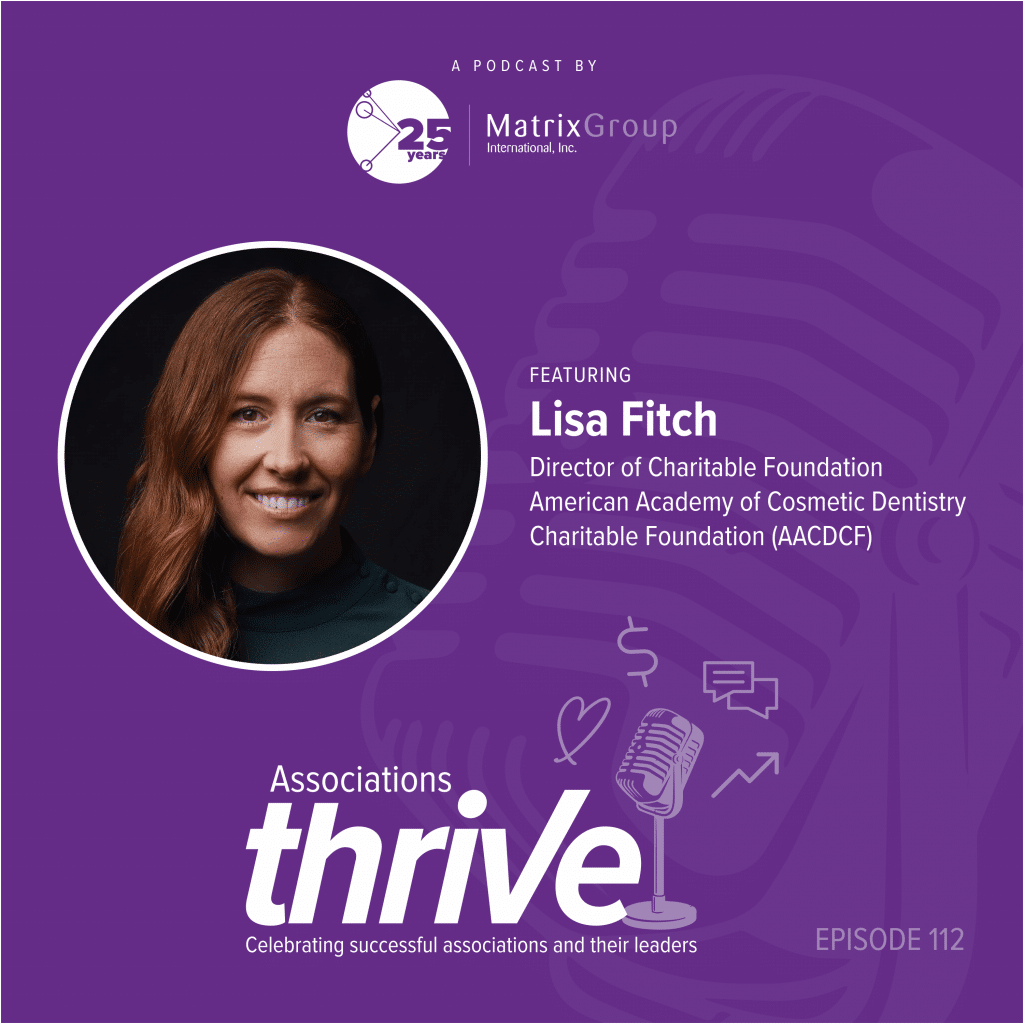How do you measure value in healthcare to benefit both patients and healthcare professionals in the sourcing of goods and services? How do you demonstrate to industry partners that they are valued in the profession?
In this episode of Associations Thrive, host Joanna Pineda interviews Dr. Hudson Garrett, Executive Director & Executive Vice President of the Association of Healthcare Value Analysis Professionals (AHVAP). Hudson discusses:
- What healthcare value analysis professionals do, and how they strive for exceptional value for patients and healthcare professionals; it’s about more than just price.
- How the profession has become multi-disciplinary and now includes nurses, doctors, laboratory professionals, infection preventionists, supply chain professionals, pharmacists, professors, and more.
- How AHVAP created a way to measure competency in the profession through its board certification.
- How value analysis professionals focus on patient and healthcare safety through the sourcing of proper equipment and supplies.
- How he just become a CAE (Certified Association Executive)
- How Hudson wears two hats; He is ED of AHVAP and also owns a consulting practice.
- How AHVAP is doing interesting things through industry partner collaborations because a lot of innovation of products and technologies come from across the industry.
- How industry partners can now vote and receive the same benefits that healthcare professionals get.
- How AHVAP created a code of conduct for industry partners to prevent conflicts of interest.
- How AHVAP has a board certification for value analysis professionals.
- How AHVAP is creating microcredentials so that members can develop expertise in very specific topics and mature members can continue to learn and grow.
- How AHVAP is creating customized development plans for teams within an organization.
- How membership has tripled in the last 18 months.
- AHVAP has a future summit coming up this summer where the entire profession will be looking at what’s next for analysis value professionals.
References:






